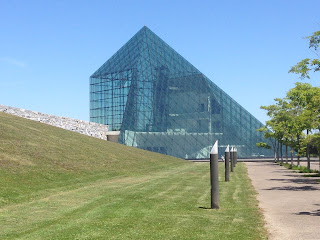Utonai湖野生鳥獸保護中心(位於苫小牧市)是由環境省與苫小牧市共同營運。在一樓有介紹周圍的自然和野生鳥獸等各式各樣的資料。二樓則是市民藝廊,展示攝影作品之類的。這裏也有保護受傷或生病的野生鳥獸或是為它們進行復健。附近有Utonai湖保護區的自然中心,從步道過去即可抵達。
Lake Utonai Wildlife Preservation Center (Tomakomai City) is managed by Tomakomai City in cooperation with the Ministry of Environment. There are many different exhibits and materials to learn about the nature and wildlife of Lake Utonai on the first floor. The second floor is used for Tomakomai Citizen's Gallery, where photos and other art-related items are exhibited. This center is also in charge of the protection of wildlife. When they find injured birds or animals, they rehabilitate them for re-release. Lake Utonai Sanctuary's Nature Center is close to this center, and people can access it there by a path.


















































